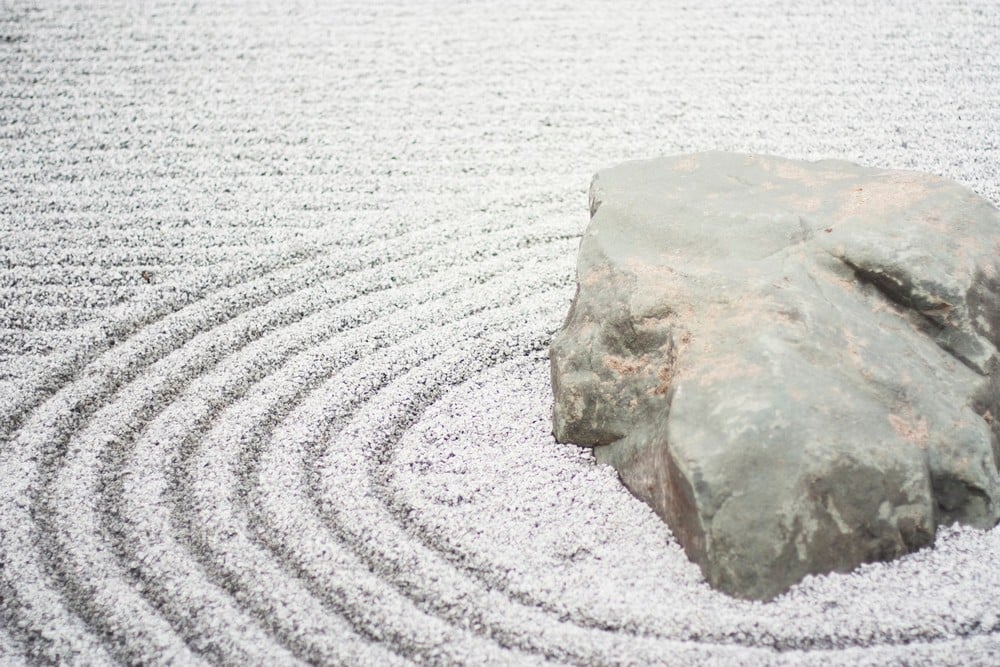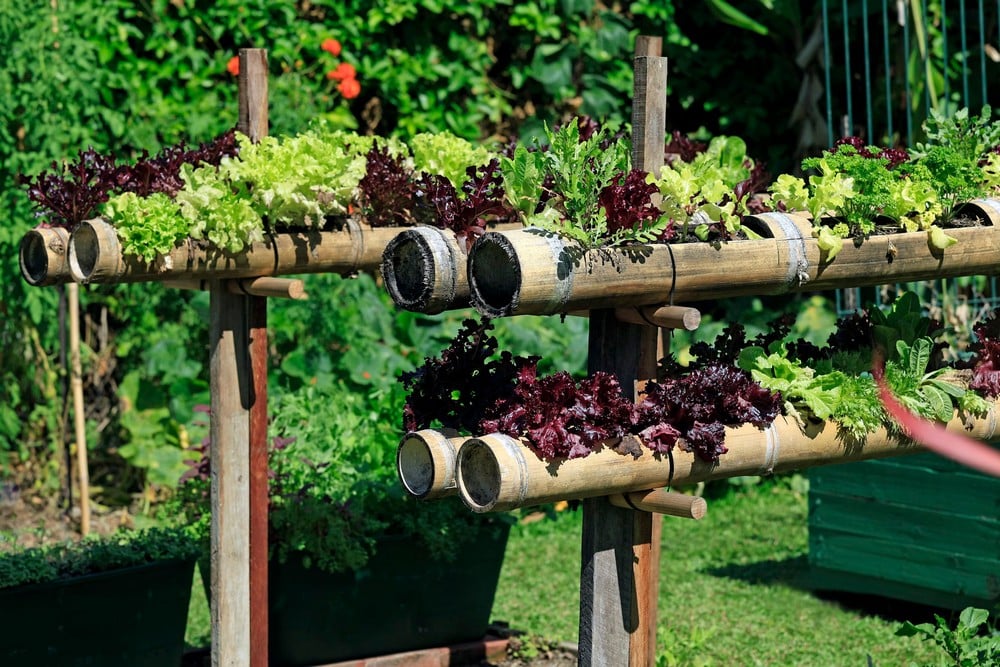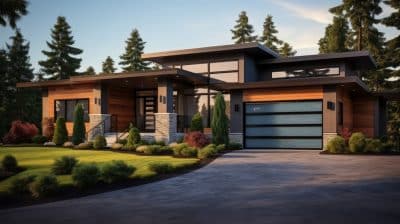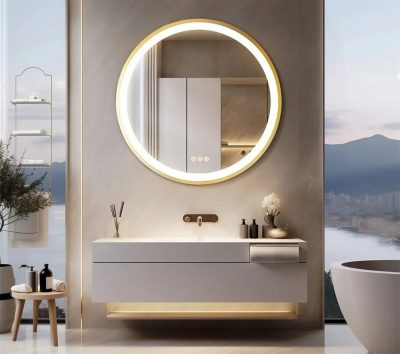
Finding a space outdoors can feel like a luxury, especially for those in urban and suburban settings where yards seem to shrink with each passing year. But small doesn’t have to mean uninspired, especially when creativity becomes the best tool in working within limited space. Imagine your outdoor area as a layered, textured oasis. Even the most minor plot, patio, or balcony can become an oasis.
To do this, rock gardens and vertical landscaping come to the rescue. These design strategies add personality and depth without overcrowding these small spaces. If it’s a sloped yard or a narrow alleyway, here’s how to maximize it.
Power of Rock Gardens
Rock gardens are not about simply throwing down a few stones. They are a dynamic way to bring character and practicality to an outdoor space. Rock’s unique textures, shapes, and shades offer a visually striking low-maintenance and drought-resistant base. A well-planned rock garden can feel serene, meditative, and distinctly stylish, especially in areas where you might not have the space or climate for a sprawling lawn.
However, rock gardens also serve a more practical purpose: they can assist you in managing sloped or uneven land by providing natural support and structure. For instance, if you are facing soggy soil on a hillside in Seattle, a retaining wall contractor in Seattle, WA, can help build a stable foundation for your rock garden. Besides supporting earth, retaining walls help make multi-level landscapes that give an excellent chance to create pathways, seating, and many more greens that complement this type of setting.
A rock garden can take on a different kind of arrangement of stones. Rather than using repetitive designs, generate a diverse combination of various sizes. Giant boulders provide a focal point, whereas pebbles and gravel form a ground cover with texture. Add succulents, cacti, and alpine plants that do well in rocky soil for drought-resistant plants. The ruggedly elegant combination brings beauty and resilience to the small outdoor area.
Taking on Vertical Landscaping
Vertical landscaping gives those with tiny ground space creative solutions for turning walls and fences into lush, living canvases. It uses what most people overlook—the blank, vertical spaces around us—instead of cramping every inch of your patio floor with plants.
Use wall-mounted planters or trellises to support climbing vines. Encourage plants like ivy, jasmine, tomatoes, and cucumbers to grow upward. This will create a living wall, adding color and texture without using any precious floor space. Pocket planters or modular systems that make it possible to show organized, patterned displays for herbs, succulents, and flowering plants.
Although vertical gardening can be great for small spaces, it requires a stable structure. Retaining walls can function as the structural framework of a vertical garden. Thus, adding greenery can be more accessible while maintaining the intact area. A good retaining wall contractor can ensure that the walls are stable enough for soil and plants without making the wall unstable.
Mix vertical structures like ladders, hanging baskets, and wall-mounted pots for more options. These elements enable you to tailor your garden according to the space available and the sun your plants require. Vertical design can create endless opportunities to turn blank walls into bountiful landscapes, whether an edible garden or a floral display.
Balancing Form and Function
The delicate dance of aesthetics and practicality is necessary to achieve a beautiful, functional outdoor space in a small square footage. Every element should serve a purpose to maximize space without clutter. Combining wood, metal, and stone adds depth and warmth while keeping the area open. Adding greenery, those same materials will add a rustic, elegant feel that will transform even the smallest outdoor space into a well-curated retreat.
Multifunction furniture is the most innovative way to create such a house. A seating or table could have hidden storage boxes, folding benches, or compact tables. Water features bring serenity. A few water ripples in the form of birdbath fountains bring out a smooth and soothing rhythm. Mirrors are the ultimate secret aid for space illusions. Use them to double the perceived size of your garden, at least visually.
Lighting will also play a massive role in small-space design. Warm, ambient lighting on pathways or string lights that add a gentle glow above can make your outdoor space usable at night while further enhancing the textures and colors of your rock and vertical garden installations. Even small spaces can have a significant impact when one considers layout and details.

Conclusion
Even a small outdoor area can be stunning; with bright rock gardens and vertical landscaping, even the tiniest space can become a vibrant retreat. Whether building a rock garden or creating a vertical oasis, your creativity knows no bounds. A well-designed compact outdoor area can feel spacious, proving that great things often come in small packages.








